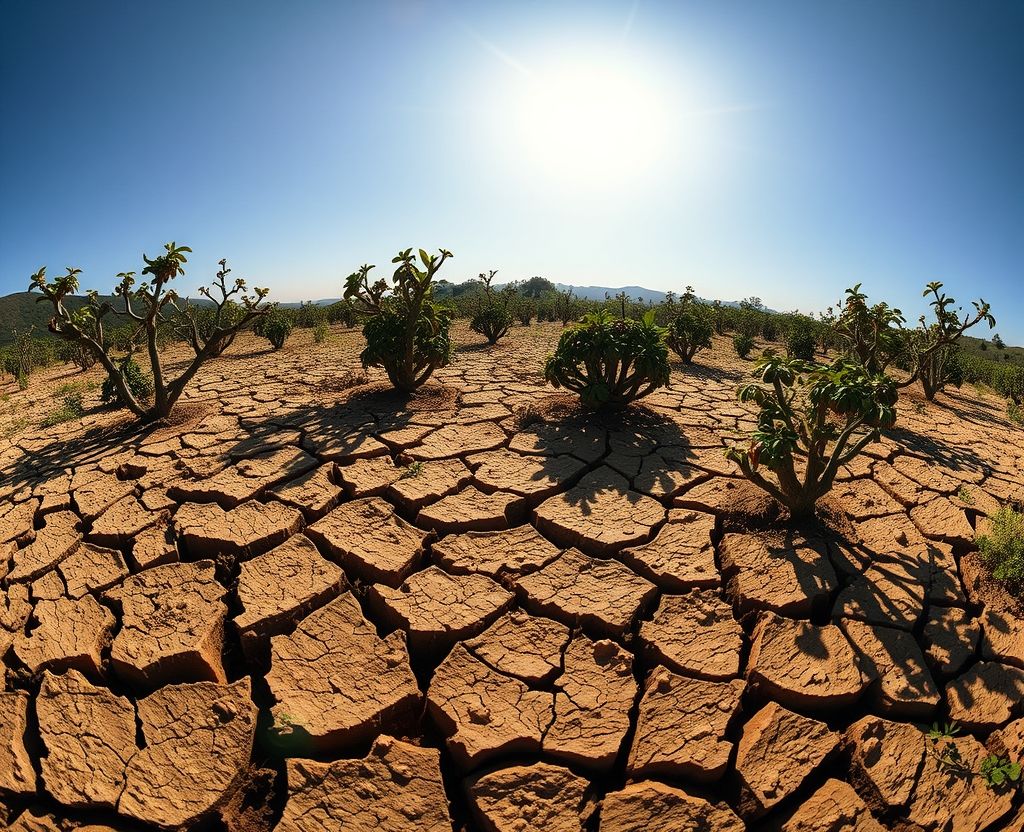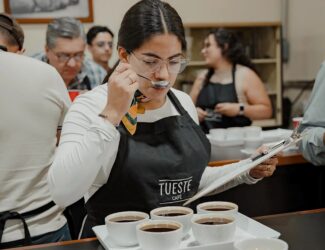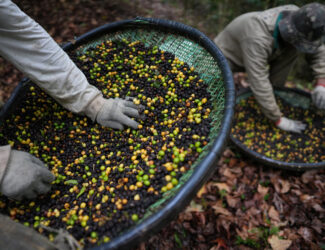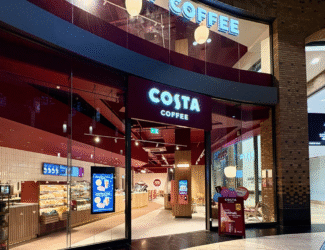
Global Coffee Prices Hit All-Time High as Brazil’s Drought Worsens Supply Crisis
Global coffee prices surged to a record $3.45 per pound—the highest since trading began in 1973—as Brazil’s unprecedented drought devastates crops for the second straight year. The crisis has triggered coffee shortages, forced brands to downsize packages, and pushed retail costs up by over 20% in major markets.
Why Are Coffee Prices Rising So Sharply?
-
Brazil’s “Double Drought” Disaster: The Minas Gerais region, which produces 40% of Brazil’s arabica coffee, has seen 40% lower yields due to extreme heat and water shortages (Brazilian Coffee Exporters Council).
-
Vietnam’s Robusta Freeze: Vietnam, the world’s biggest robusta coffee supplier, has halted exports after depleting reserves, worsening the global coffee supply crunch.
-
Climate Chaos Worsens Shortages: El Niño has disrupted harvests in Colombia, Honduras, and Guatemala, where excessive rains and disease have cut output by 10-15%.
How Coffee Shortages Are Affecting Consumers
-
Shrinkflation Hits Coffee Aisles: Major brands like Folgers, Lavazza, and Nestlé are selling 15-20% less coffee per bag while keeping prices the same.
-
U.S. Coffee Prices Jump 22%: Ground coffee now averages $10.99 per pound, up from $8.99 last year (U.S. Bureau of Labor Statistics).
-
Specialty Coffee at Risk: Independent cafes warn of 30-40% higher wholesale costs, forcing price hikes or smaller servings.
Will Coffee Prices Keep Rising? Experts Weigh In
-
“This is not temporary—it’s a new reality.” — Vanusia Nogueira, International Coffee Organization (ICO)
-
Rabobank predicts high coffee prices for 5+ years due to slow farm recovery and climate risks.
-
Starbucks warns investors of “sustained cost pressures” in latest earnings report.
The Bigger Picture: Climate Change & Coffee’s Future
With Brazil’s drought expected to continue through 2026 (World Weather Inc.), analysts say coffee inflation could persist until 2027-2028, when new drought-resistant crops may ease shortages.






